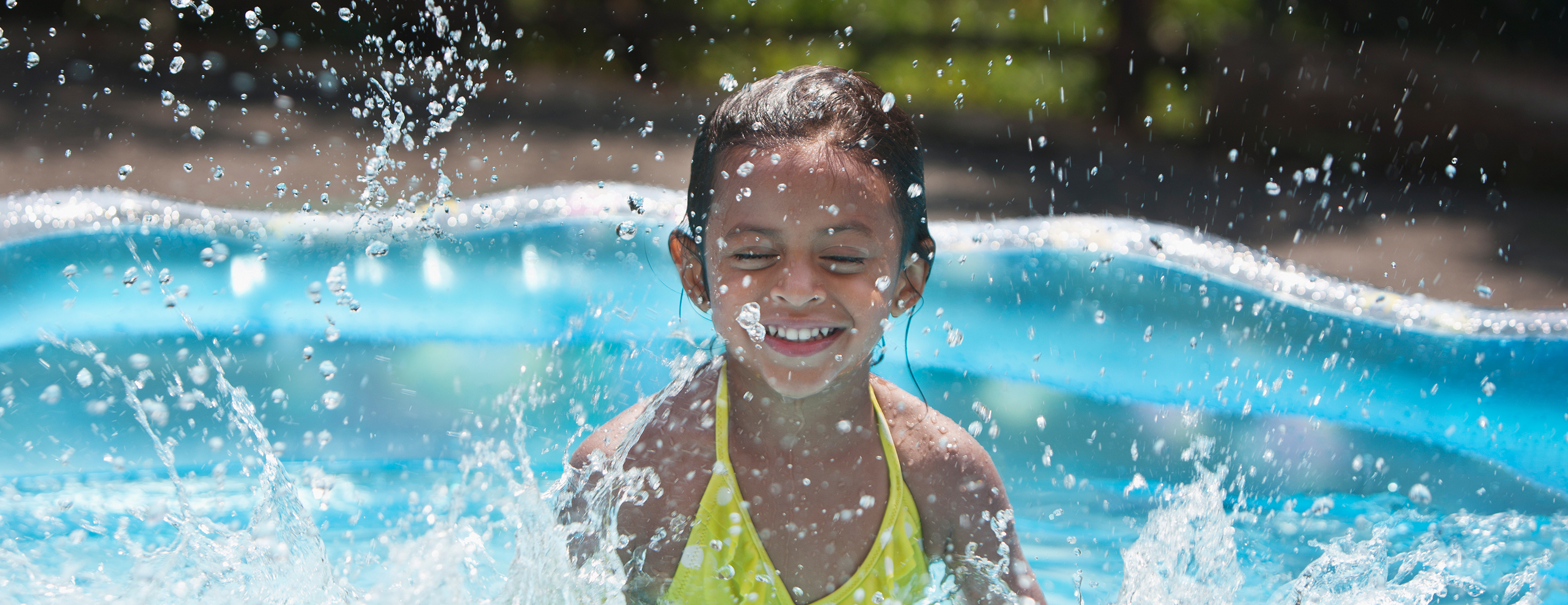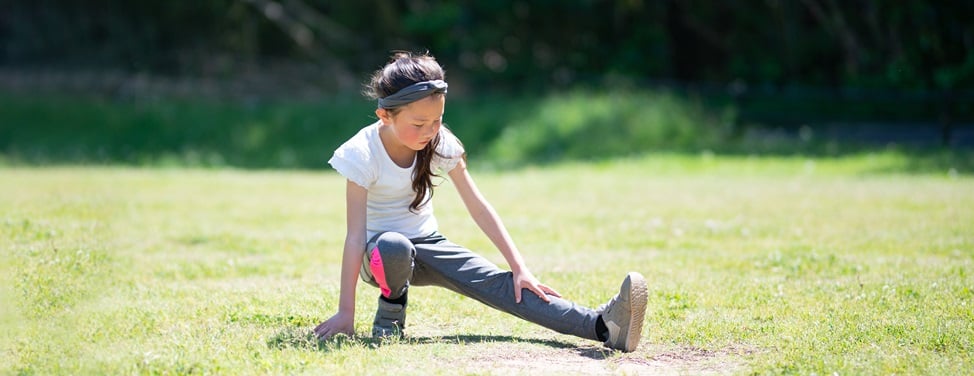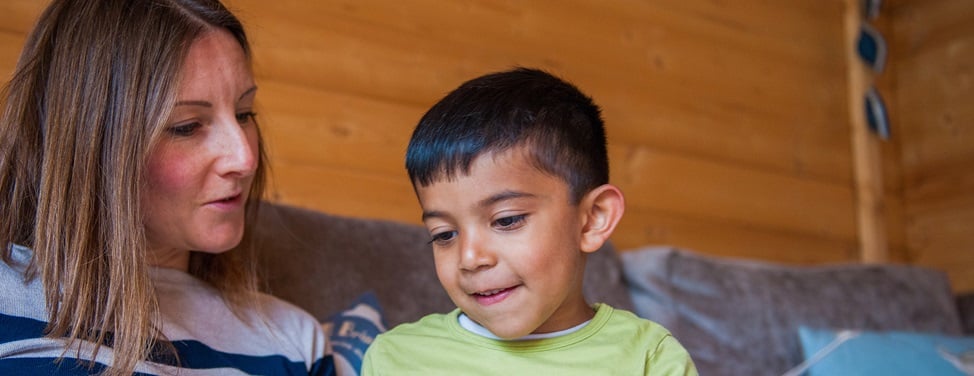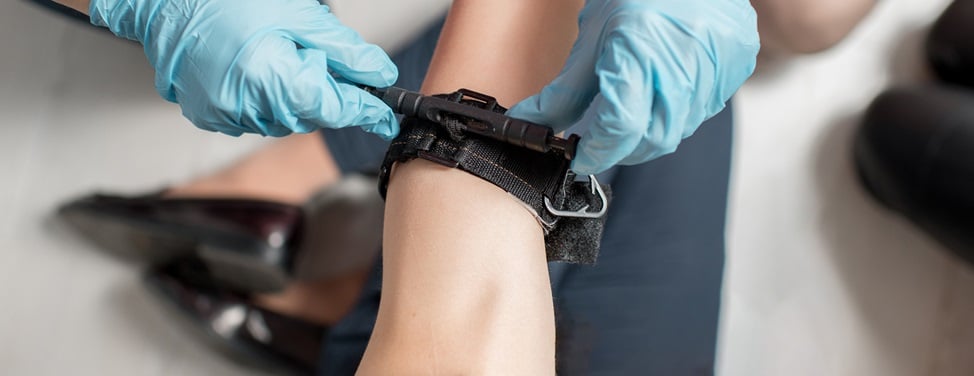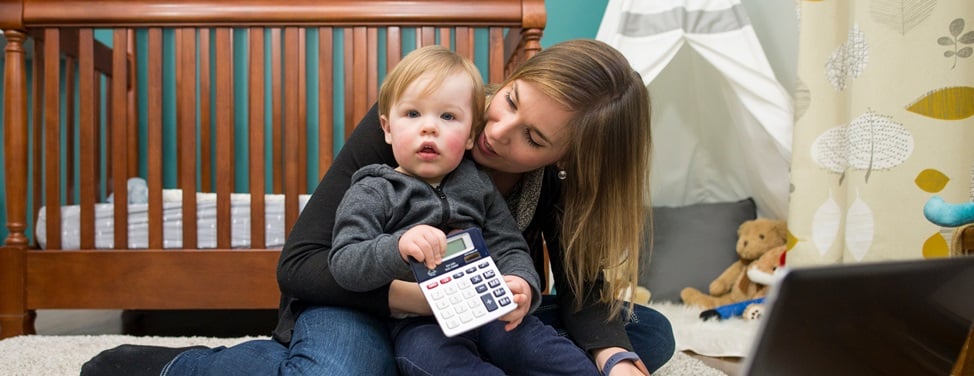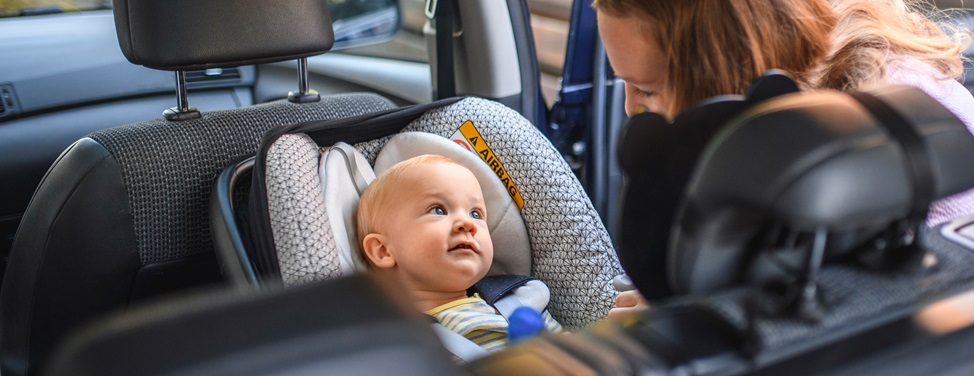Family vacations often mean days at the beach or poolside. But water fun carries water risk.
Every year, hundreds of children lose their lives by drowning. It's a leading cause of death, injury and disability for children under 5 and the second leading cause of death due to accidental injuries among children ages 5 to 14. Children who survive a drowning incident can have permanent brain damage with loss of basic functions.
Drownings can occur anywhere there is water. This includes swimming pools, lakes and oceans, bathtubs and even buckets of water. A child can drown in seconds without making a sound. The good news is that drowning is preventable.
Maintain close supervision
- Never leave a child alone near water, even for short tasks, such as answering the phone or attending to another child.
- Designate a water watcher: an adult who will keep a constant eye on children who are in or near water. If you're with a group, have adults take turns or designate a specific adult to supervise each child.
- If you're supervising kids in water, avoid distracting activities, such as reading, texting, talking on the phone, having conversations, and consuming alcohol or other drugs.
- Maintain supervision even when lifeguards are present.
- Don't assume that swim lessons ensure safety. Children who fall into water unexpectedly can panic and forget their swimming skills.
Childproof your pool or hot tub
- Surround your pool or hot tub with a fence at least 4 feet high. Keep lawn chairs, tables and other potential climbing aids away from the fence.
- Make sure gates or doors leading to the pool open outward from the pool (so a child can't accidentally get in by leaning against them). They should be self-closing and self-latching with the latch on the poolside, out of children's reach.
- Remove all toys that might attract children from the pool area when the pool isn't in use.
- Install panic alarms on all house doors and windows leading to the pool area.
- Install an automatic safety cover over the pool. Always make sure the cover is completely removed before children are allowed to get into the pool. Remove any standing water on the cover; a child can drown in as little as two inches of water.
- Make sure your pool or hot tub has drain covers that comply with federal safety standards. If you're unsure, ask your pool service provider about safer drain covers.
- Keep reaching and throwing aids, such as poles and life preservers, on both sides of the pool.
- Drain inflatable pools after every use.
Be equipped for safety
- Learn to swim (if you don't already know how) and teach your child to swim. Children as young as 1 can take swim lessons.
- Nonswimmers and weak swimmers should always wear U.S. Coast Guard–approved, well-fitting life jackets when near water. Air-filled or foam toys are not flotation devices; don't rely on them. Also, check with the Consumer Product Safety Commission for alerts on recalls of swimming gear, water toys and pool equipment.
- Keep a cellphone nearby so you can call 911 right away in an emergency.
- Parents, caregivers and pool owners should know CPR. These skills can save a child's life in the time it takes paramedics to arrive.
- Know the risks of natural waters. Lakes, rivers and oceans have hidden hazards, such as dangerous currents or waves, rocks or vegetation. Check the weather forecast before activities in or around water, as conditions can change quickly.
Drowning myths
Myth: Drowning is uncommon.
Fact: In the U.S., drowning is the second leading cause of death due to accidental injuries in children ages 1 to 14.
Myth: More children drown in open water than in pools.
Fact: Half of drowning deaths occur in residential pools.
Myth: Swimming lessons protect a child from drowning.
Fact: Swimming lessons don't always prepare children for handling a situation in which they fall into water unexpectedly or feel themselves starting to drown.
Myth: Fencing off a pool is pointless since a child can climb over a fence.
Fact: Fences are effective, especially when they surround the pool on all sides. Studies in Australia and New Zealand found that adequate four-sided pool fencing reduced drownings by 80%. Studies in Arizona demonstrated a 50% reduction.
Myth: Drowning people splash and make noise.
Fact: In most cases, drowning is silent. Drowning people can't make noise and instinctively push their arms down, trying to get above the water, rather than waving for help.




























